Looking for some Happy Hour conversation starters on your patio this summer? Or a way to keep the family distracted during a ferry lineup? Either way, we have you covered with this made-in-North Van history trivia contest! Who can come up with the answers first – or at all? We’ll let you decide if googling is permitted!
Questions:
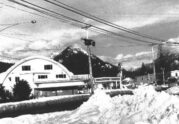 Lynn Valley Elementary has been schooling local children since the first decade of the 1900s. You likely know about the early wooden structure (now home to the Parent Participation Preschool) and the later stone building that was built in 1920, which now contains the North Vancouver archives. But the original LV Elementary predated both of these. Where was it located, and what happened to it?
Lynn Valley Elementary has been schooling local children since the first decade of the 1900s. You likely know about the early wooden structure (now home to the Parent Participation Preschool) and the later stone building that was built in 1920, which now contains the North Vancouver archives. But the original LV Elementary predated both of these. Where was it located, and what happened to it?
- Speaking of school, there is something fundamentally wrong with the name “Lynn Valley.” What is it?
- Fred Varley was a painter who lived on Rice Lake Road in the 1930s. Why is he so famous?
- Leaping ahead to modern history, what local landmark was featured in the 2025 season opener of famed TV series The Last of Us?
- “Old” Mountain Highway was originally a paved toll road leading from the top of Mountain Highway to a chalet built by W.C. Shelley on Grouse Mountain in the mid-1920s. People loved motoring up the mountain for some R&R at the chalet, but the fallout from what worldwide event put an end to Mr. Shelley’s business not long after?
- What famous local landmark did the Olympic torch cross in 2010?
- The Cedar V was a much-loved little theatre built in 1953, on the site of what is now the parking lot by the Dairy Queen on Lynn Valley Road. What was novel about its building style?
- In February 2020, the last sporting events were held in what well-known local structure?
- The Lynn Valley Library is the anchor tenant at Lynn Valley Village – but who remembers where the library was located previously?
- In 1909, at the corner of Lynn Valley Road and Hoskins, Harry Holland began building what was intended to be the community’s first hotel and beer parlour. For good or for ill, however, he wasn’t granted a liquor licence! But he did introduce another new “first” to the neighbourhood – what was it?
Answers:
- The first schoolhouse in Lynn Valley was located just east of “Tote Road,” later known as
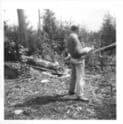 Lynn Valley Road. After a new, larger schoolhouse was built at Mountain Highway and Harold, the old schoolhouse became home to the newly established social club, the Lynn Valley Institute. (Early Days in Lynn Valley by Walter Draycott, page 54)
Lynn Valley Road. After a new, larger schoolhouse was built at Mountain Highway and Harold, the old schoolhouse became home to the newly established social club, the Lynn Valley Institute. (Early Days in Lynn Valley by Walter Draycott, page 54)
- It is misspelled. Settlers (re)named the area after the Linn family that had been given a 150-acre Crown grant between the Seymour River and what later became known as Lynn Creek. (Early Days, p.22)
- He was a founder of the famous Group of Seven, Canadian landscape artists who achieved renown in the early decades of the 20th century. Check out Eve Lazarus’s super interesting article here!
- Clement’s Anglican Church on Institute Road
- Shelley’s endeavours were lost in 1934 in the aftermath of the great crash in the stock market in 1929 (Reflections: One Hundred Years, A Celebration of the District of North Vancouver’s Centennial by Chuck Davis,
- The Lynn Creek Suspension Bridge – just ask Bob McCormack, longtime local volunteer who was thrilled to be carrying it!
- The Cedar V was a quonset hut, made from arched corrugated steel sheets. Another interesting article from Eve Lazarus is right here!
- On February 14, 2020 Argyle Pipers hosted the basketball finals in the secondary school gymnasium before the building was demolished for a rebuild.
- The Lynn Valley Library was for many years located above the Esso station on 27th Street, behind Lynn Valley Mall. It is now the site of one of The Residences buildings, built by Bosa Developments.
- The first automobile! He had a one-cylinder Oldsmobile, and its licence plate was 94. It occasionally resisted the muddy Lynn Valley Road and had to be pulled home by a horse!
Looking for more?
There’s always something fun and exciting happening in Lynn Valley. Check out our Community Events Calendar or learn more about Local Activities, Mountain Biking or Hiking and Walking Trails.
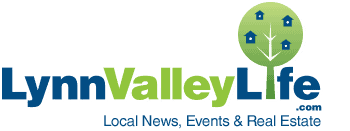
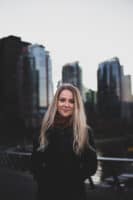
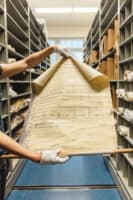 “There is a broad range of services people can access the archives. We aren’t just here for academic researchers,” she said. “Perhaps someone’s trying to file taxes for their home so they want to know when their house was built or when an extension was added to it we have that information because we have the building permit records. Perhaps they want to renovate a heritage home and they want to access the records in order to get the approval of the city or the district. There is a lot to do with properties.
“There is a broad range of services people can access the archives. We aren’t just here for academic researchers,” she said. “Perhaps someone’s trying to file taxes for their home so they want to know when their house was built or when an extension was added to it we have that information because we have the building permit records. Perhaps they want to renovate a heritage home and they want to access the records in order to get the approval of the city or the district. There is a lot to do with properties. 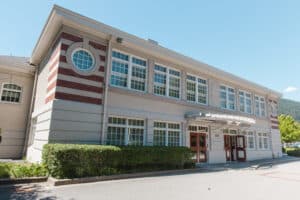 Visit for yourself
Visit for yourself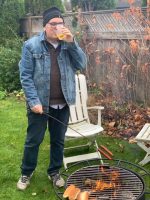
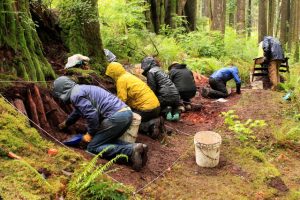 “North America, British Columbia, Metro Vancouver are fascinating,” he said. “There is so much archaeology to study here. The western, European, colonial view that Indigenous history is not that interesting is completely wrong – it’s fascinating. It goes back thousands of years. The entirety of archaeology in BC is so rich, from thousands of years ago to contemporary times.”
“North America, British Columbia, Metro Vancouver are fascinating,” he said. “There is so much archaeology to study here. The western, European, colonial view that Indigenous history is not that interesting is completely wrong – it’s fascinating. It goes back thousands of years. The entirety of archaeology in BC is so rich, from thousands of years ago to contemporary times.”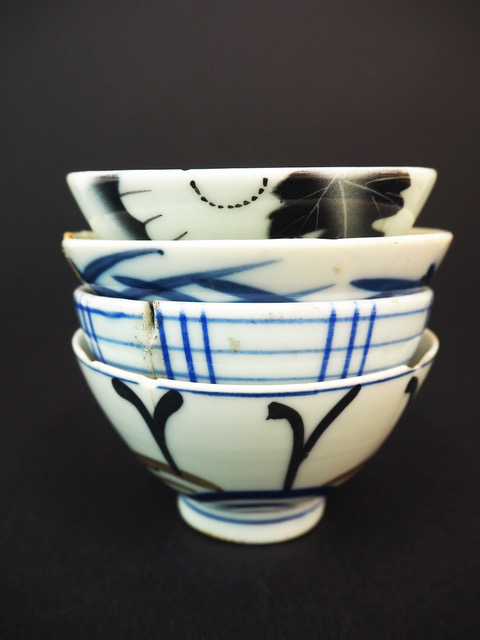
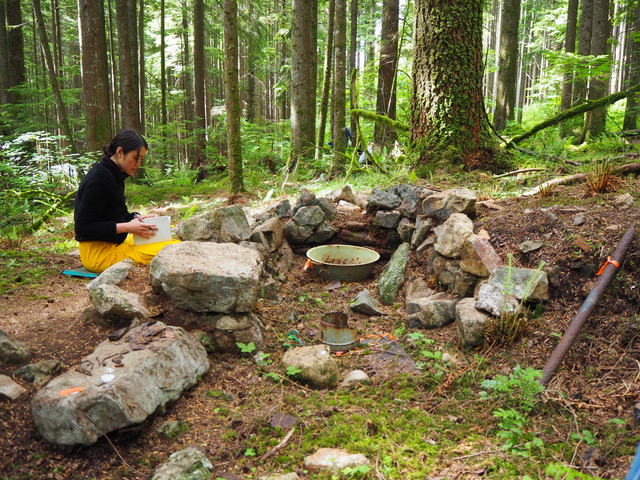
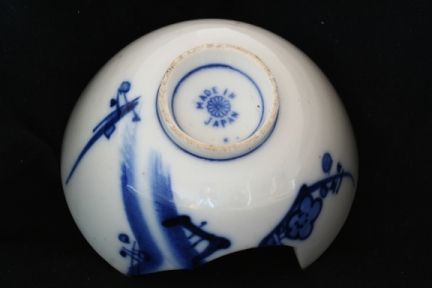

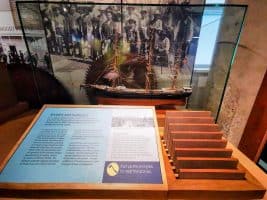 The brand new museum is packed with information and interactive displays. The experience begins with an exploration of a genuine North Vancouver streetcar, before entering the flex space where presentations and education sessions are offered throughout visiting hours. Soon, MONOVA will also have an Indigenous planting garden on its terrace. From this central space, visitors have two options – visit the rotating feature room (estimated opening April) or walk through an atmospheric trailhead to the permanent gallery.
The brand new museum is packed with information and interactive displays. The experience begins with an exploration of a genuine North Vancouver streetcar, before entering the flex space where presentations and education sessions are offered throughout visiting hours. Soon, MONOVA will also have an Indigenous planting garden on its terrace. From this central space, visitors have two options – visit the rotating feature room (estimated opening April) or walk through an atmospheric trailhead to the permanent gallery. 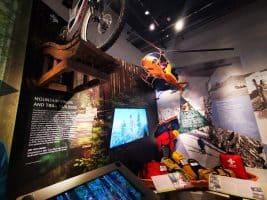 The museum has three key themes that guide the gallery celebrating connection, passion for place, and industry and enterprise. Each of the unique neighbourhoods and communities of the North Shore has representation. The permanent space has kid-zones on either end, but with flaps to open and drawers to explore there are hidden delights for kids to explore throughout the gallery (sure to delight: animal diets both the native plants and resulting scat).
The museum has three key themes that guide the gallery celebrating connection, passion for place, and industry and enterprise. Each of the unique neighbourhoods and communities of the North Shore has representation. The permanent space has kid-zones on either end, but with flaps to open and drawers to explore there are hidden delights for kids to explore throughout the gallery (sure to delight: animal diets both the native plants and resulting scat).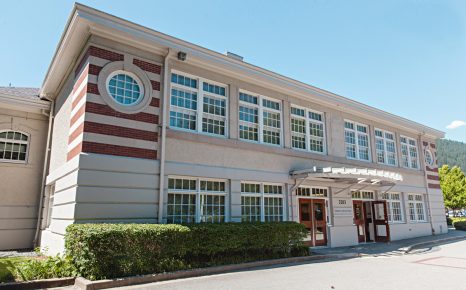 “This was the 4th Lynn Valley Elementary school which was built September 7th, 1920 and this September is its 100th anniversary,” said Archivist J
“This was the 4th Lynn Valley Elementary school which was built September 7th, 1920 and this September is its 100th anniversary,” said Archivist J
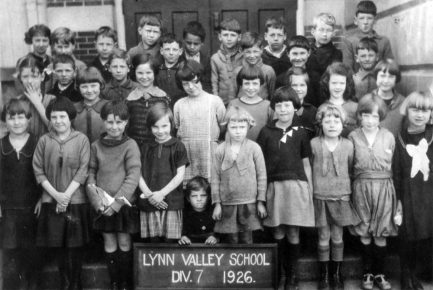 Early fall will mark the kick off to celebrate this 100 years in Lynn Valley.
Early fall will mark the kick off to celebrate this 100 years in Lynn Valley.